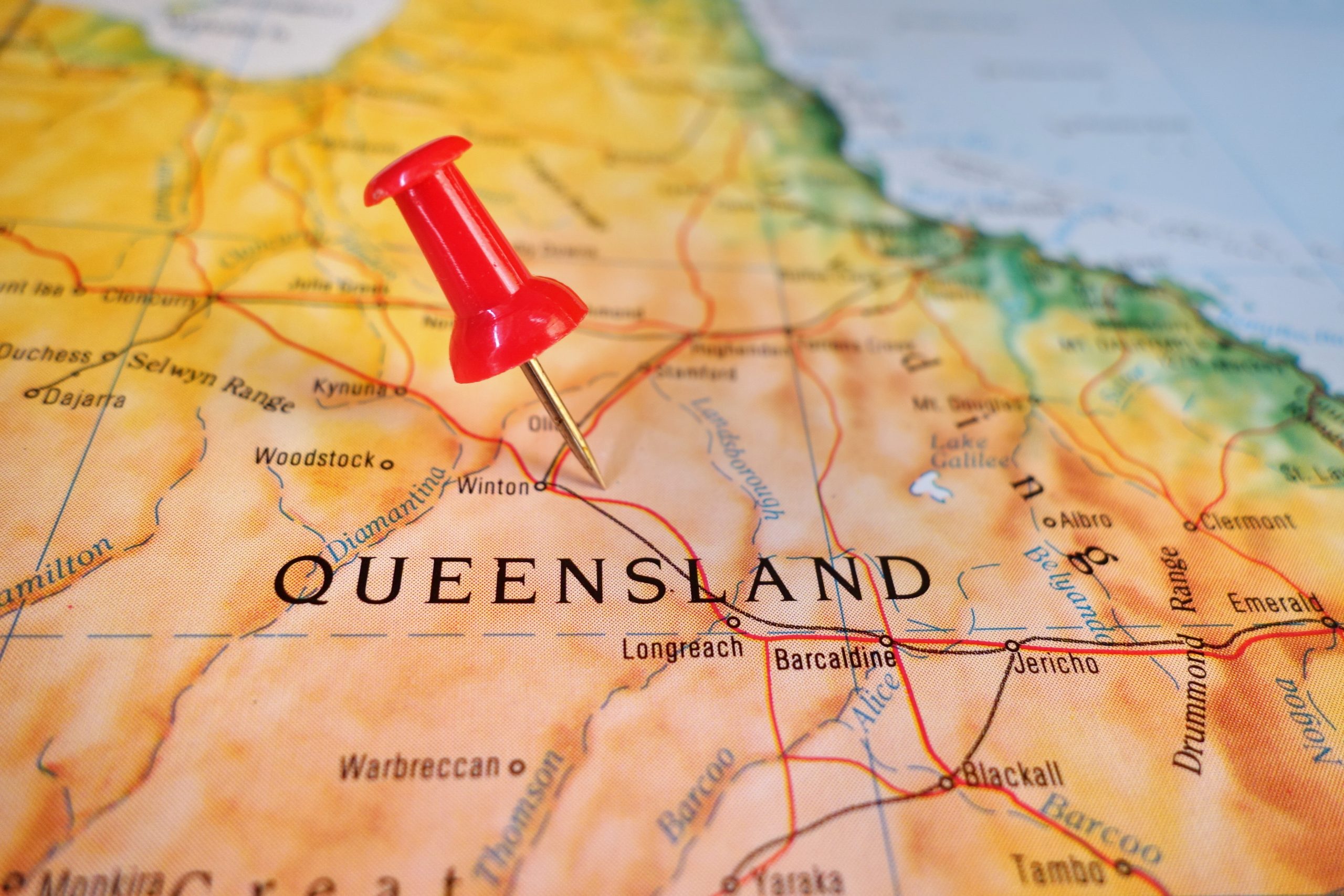The Inside Word

Queensland swings late and swings hard
As Queensland moves towards the State Election on October 26, the State’s politicians, political parties and compulsory preferential voting system are bound to come under intense scrutiny. But what about the behaviour of voters themselves? One of the peculiar aspects of Queensland’s voting patterns is that expected electoral tidal waves tend to form (or dissipate) very late in the political process. Very late can often mean the last 48 hours of a three-year or four-year parliamentary term. This has led to an adage that “Queensland swings late and swings hard”. What this really means is that Queenslanders make up their minds late about how they will vote, and generally move en masse once they decide. This has been proven true time and again.
For example, even though Campbell Newman won a record landslide at the 2012 state election, LNP strategists were not expecting the size of the result just days before. In fact, the then campaign manager has since often said that he did not see enough seats shifting to the LNP column on the Tuesday before the election. That is, just four days out from the biggest election win in the state’s history, the LNP was bracing for a loss.
Similarly, the Rob Borbidge-led coalition produced an unexpectedly sizeable swing at the 1995 State Election, which led them to power in a by-election nine months later. And Peter Beattie turned the 2001 election into a referendum on Labor’s vote-rorts scandal, and produced a stunning result – moving from an embattled minority government to seizing 66 of 89 seats in the new Parliament. While Beattie’s victory was expected by election day, very few predicted the size of his win. In the 2019 ScoMo miracle campaign, some private Queensland polling was pointing to the surprise result a week out, but even then, the seats of Longman (a surprise gain) and Leichardt (an expected loss) both came back very strongly in final days.
By contrast (and based on very personal experience) in the Tony Abbott 2013 election win, an expected wipeout for Labor in Queensland dissipated in the last 24 hours. The day before the election public polls predicted the LNP would win every seat except Rankin, and on election day the Newspoll pointed to a LNP “bluewash” of every seat including Rankin. But the expected tidal wave never broke, and the LNP finished up with just one gain – Petrie – in an election that produced a landslide across the rest of Australia. Queenslanders had, at the last minute, turned their backs on the incoming government. For those working on the pre-poll booths at that election, the change in public mood was palpable from lunchtime on Friday – just the day before the poll.
So, what does this mean for the 2024 election? Interestingly, if there is a change of government as polls predict, the usual late swing could have the perverse effect of saving some Labor seats. This is because at least one third of voters are expected to cast their ballots via pre-poll or post, well before election day. That means that one third of the votes may come before any big swing, reducing its impact to only two thirds of what may otherwise have occurred. Arguably, this may have dampened the size of Labor’s victory in 2020, as COVID sent record numbers of voters to the pre-poll booths, where the LNP fared better than it did on election day once the pro-Labor mood was in full swing.
An election result in which the expected comprehensive landslide fails to materialise could be put down to last-minute voter hesitancy. But if there are marked differences in voting patterns between the pre-poll and election day results, it may be that the old adage needs to be written to “Queensland swings late, but not as hard as it used to.”


